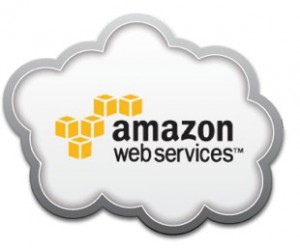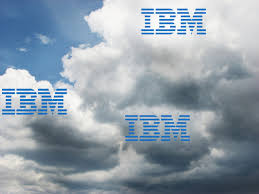Francis Rey| Socialbarrel
PricewaterhouseCoopers (PwC) US, the United States office of the world’s largest professional services firm in accountancy, has released its latest report on the top 10 technology trends for business, which shows the most relevant trends in technology that are likely to change business models, remold strategies, and reshape investments this year. Chris Curran, principal and chief technologist for Advisory at PwC US, said that the firm’s report about top tech trends highlights the rise of several complex technologies, which chief information officers and other company chief officers must adopt and integrate into their business, starting from strategic plans to implementation.
Collaborative programs within organizations will be pivotal for a successful business this year, as every technology will likely have an important role in their business plan, Curran added.
Based on PwC’s study, the top 10 technology trends for business will mostly focus on cloud computing, data processing, and social networking.
1. Pervasive Computing
A paradigm also called as “ubiquitous computing,” “ambient intelligence,” or “everyware” – each term with slightly different aspects – that involves machines with the ability to fit the human environment, interacting with supported objects around us.
2. Cyber Security
This covers all forms of protection for a computer system against unauthorized access, unplanned events, and natural disasters.
PwC sees this trend as a critical issue, as tech operations sustain and drive the world economy.
3. Big Data Mining and Analysis
In IT, big data is a stack of large, complex data sets that are hard to work on with traditional data management tools and applications.
The hard tasks include the acquisition, collection, storage, examination, distribution, analysis, and visualization of big data.
The trend to use larger data sets is because of the extra data derived from the analysis of one large set of relative data compared to forked smaller data sets with similar total amount of data.
This trend does not only focus on faster, cheaper database management but also on better business decisions.
4. Private Cloud
It is a basic structure of cloud computing that exclusively works for one organization, with internal or external management and hosting.
Using a private cloud needs a high level of involvement to digitize the business environment, and it will call for the organization to reassess decisions on existing resources.
This year big enterprises will try to change their trial mode operations of private and hybrid clouds (previously hampered by regulatory and security concerns) because IT consumers demand better value from the information technology services.
5. Enterprise Social Networking
This focuses on using social networks or relations between people with common business interests or activities.
The report found that this trend will turn into the heart of the new social workforce, and the central insight of organizations that will successfully create value from this is the redesigning of social business.
6. Digital Delivery of Products and Services
Companies listen to requests from customers who urge them to build new, technology-based ways to distribute products and services digitally.
The digital delivery of goods can open growth opportunities, but companies need to change their business operations to use this business model.
7. Public Cloud Infrastructure
A public cloud is a standard cloud computing model where the service provider offers apps, storage, and other resources online for free or paid usage.
As companies embrace cloud computing, it will still expand with hybrid cloud architecture turning into the backbone, as companies will take advantage of public cloud services.
8. Data Visualization
Simply put, this is the study about the visual representation of data.
PwC says top companies will look into dynamic virtualization and hi-tech display devices to navigate through the many facets of data.
9. Simulation and Scenario Modeling
In computing, a scenario is a narrative that depicts the predictable interactions of user functions and the technical system, which includes computer software and hardware.
Simulation is a type of scenario that could provide accurate results on whether a particular scenario is possible, or evaluate the significance of optional, potential situations.
Companies and organizations are leaning towards simulation models that allow executives to see the possible effects of their choices before an investment.
10. Gamification
This is the use of game and behavioral analytics, game mechanics, interactive media, and social networking (1) to transform a business by engaging users to solve problems, (2) to improve the ROI, (3) to enhance data quality, (4) to keep timeliness, and (5) to learn.
In other words, it is the application of game elements and digital game designs to solve non-game problems, such as business and social challenges.













